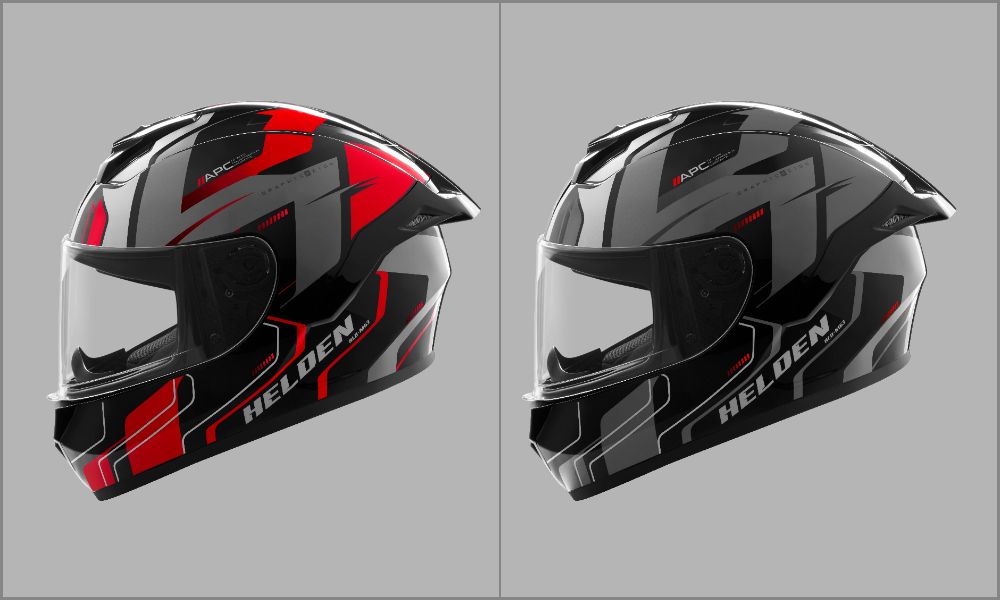Just one job left before we launch Sirion again. Anton, the ship-painter is going to fix the scratch on the starboard side of the bow.
BHPian Jeroen recently shared this with other enthusiasts:
Yesterday I spent the whole day on Sirion, doing several jobs.
The big job was polishing/waxing the hull. Dark blue is a gorgeous colour for a hull, but difficult to keep clean. I have spent quite a bit of time during the season scrubbing the hull and trying to keep it clean. I was pleasantly surprised on how well the wax had held up.
So I brought my rotary eccentric polishing/waxing machine from my garage. I had various cleaners and waxes and set to work. Hard work I might add. I am pretty pleased with the end result.
If you can see your reflection you have done a good enough job I would think!



Also, Rene, the ship’s carpenter came round to install the new teak cover for the rear storage bin.



I am very pleased how that turned out! Rene advised me not to put teak oil on it for the first season.
Another little job, I got myself a bigger KNRM (Royal Dutch Sea Rescue) pennant. Took the old one off, and put the new one up. I am a member of the course and donate to their course every year. They do important work for all that are out there on the Dutch waters.



Last job a little electronic upgrade. You will have seen me using an app on my iPhone and iPad for planning our route. It also provides me with instant information, telephone numbers on all locks, bridges and any “notifications to vessels”. My iPad does not have a built-in SIM, so I need to slave it to my iPhone via a hotspot. That is a constant drain on the batteries of both. More importantly, the GPS information is not passed on constantly. That is because ships move slowly and the phone thinks you are stationary. Also, I don’t like to rely on an iPhone or Ipad for real navigation. By design, the GPS function has low priority, so it could be lagging. You won’t notice that when using it for road navigation. Because there is an algorithm that does constant dead reckoning based on your latest position and the road you are on. Of course, on the water that doesn’t work.
So I go this little box of electronic trickery.

Very simple, all my Raymaring equipment is connected via a so called NMEA2000 Seatalk protocol. More or less all life data that is picked up by the various antennas and sensors is available on the network. This little box gets plugged into the network and than puts out a little WiFi network I can hook up my iPad. The special navigation app is then fed the accurate (GPS) location and also all AIS data!
I had however run out of network ports!


Luckily I bumped into Michael, the guy who installed all my Raymarine equipment, and he told me what I needed and how to install it. Just an extra cable and T-connector.
This little converter box needs to be installed at least 0.5 meters away from any other electronics/WiFi equipment. So I can’t just put it underneath the plotter. Which means I need to run the cable through the various, very tight, cable trays. As you might recall, it took me a very long time, running the radar cable in this fashion. I did not have my special cable pulling tools on me. So that will have to wait till next visit.
Just one job left before we launch Sirion again. Anton, the ship-painter is going to fix the scratch on the starboard side of the bow. He wants Sirion out of the hall for that. I will call him this week to arrange for that. We are aiming to have Sirion back in the water end of March.
Jeroen
Read BHPian comments for more insights and information.





